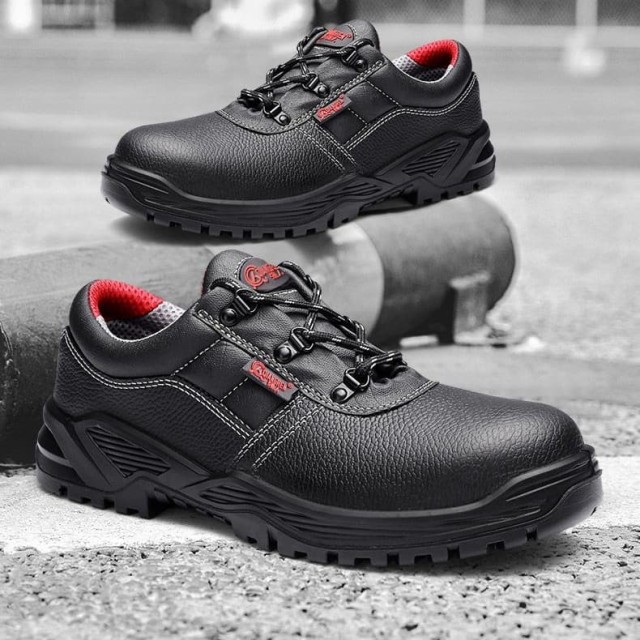Modern workplaces demand footwear that protects without compromising comfort—especially for women who face unique ergonomic challenges in labor-intensive roles. Women’s safety toe boots now integrate advanced materials and biomechanical design to meet occupational safety standards while addressing fatigue, fit, and environmental stressors. Here’s how leading manufacturers like 3515 engineer solutions for diverse industries.
Safety Features Beyond the Basics
Toe Protection Standards and Material Innovations
All safety toe boots must comply with ASTM F2413-18, which certifies resistance to impact, compression, and punctures. But modern options go further:
- Composite vs. Steel Toe: Composite materials (fiberglass, carbon fiber) reduce weight by around 30% compared to steel, eliminate electrical conductivity risks, and won’t trigger metal detectors—critical for airports or secure facilities.
- Multi-Threat Protection: Some designs combine EH (Electrical Hazard) ratings with static control, dissipating up to 1,000 volts to protect workers near live circuits.
Midsole Technologies for Puncture Resistance
Aramid fiber or steel-plated midsoles prevent penetration from nails or sharp debris while maintaining flexibility. For example, boots rated ASTM F2413-18 PR withstand forces exceeding 270 pounds.
Comfort Engineered for Women’s Feet
Anatomical Design Differences
Women’s boots account for narrower heels, higher arches, and proportionally shorter metatarsals. Key innovations include:
- Contoured Footbeds: Reduce slippage and blisters during lateral movements.
- Gradual Cushioning: Softer forefoot padding accommodates wider toe splay.
Climate-Adaptive Materials
- Moisture-Wicking Liners: Prevent sweat buildup during 10+ hour shifts.
- Insulated Versions: Use lightweight thermal barriers like Thinsulate™ without bulk.
Lightweight Construction
Composite toes and EVA foam outsoles can cut boot weight to under 2 pounds—reducing leg fatigue by up to 40% over traditional designs.
Industry-Specific Applications
Construction and Heavy Machinery
Boots need oil-resistant soles and flex grooves for climbing ladders, paired with shock-absorbing heels to reduce joint strain from concrete surfaces.
Healthcare and Laboratories
Anti-static soles prevent sparks near oxygen tanks, while slip-resistant treads handle fluids. Composite toes are ideal for MRI environments.
Outdoor Work
- Waterproof Membranes: Gore-Tex® layers block moisture while allowing breathability.
- Arctic-Grade Insulation: Retains warmth in sub-zero temperatures without restricting movement.
Upgrade Your Safety Footwear
For distributors and brands seeking reliable, high-performance women’s safety boots, 3515 delivers rigorously tested designs tailored to industry demands. Our expertise ensures OSHA compliance without sacrificing the comfort that keeps workers productive. [Contact our team] to explore bulk solutions.
Because safety shouldn’t mean compromise—it should mean confidence in every step.
Related Products
- Wholesale Customizable Suede Safety Boots - Puncture-Proof with Velcro Closure
- Customizable Anti-Smash Safety Boots for Wholesale & Private Label Manufacturing
- Wholesale Leather Safety Boots with Customizable Protective Toe
- Wholesale Durable Safety Boots Manufacturer Customizable Steel Toe Work Boots
- Durable Steel Toe Safety Boots Wholesale & Custom Manufacturing
Related Articles
- Work Boots vs. Western Boots: How to Choose the Right Footwear for Labor Safety
- How to Choose Work Boots That Match Your Industry's Safety Needs
- How to Choose Work Boots That Balance Safety, Comfort, and Durability for Your Job
- How Safety Work Boots Engineer Protection: Features and Standards for Targeted Hazard Mitigation
- How to Choose Work Boot Materials for Maximum Safety and Durability



















